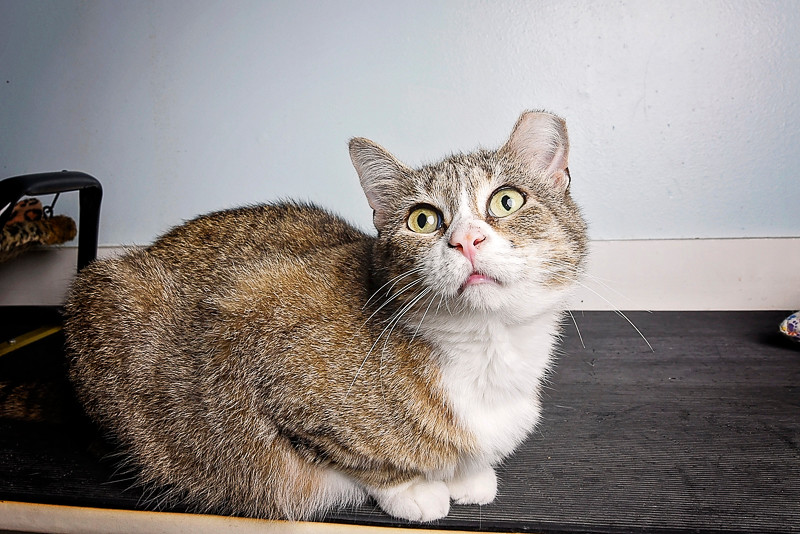Late August through November is the most prevalent time of the year for fleas in our area. Fleas are shiny and dark brown, quite small, and wingless. Fleas can be tough customers and induce intense itching with their bites. Let me give you the whole flea story.
Flea bite allergy dermatitis or flea bite hypersensitivity is the most common small animal dermatological condition. There are some parts of the world where it is the most common canine disease. In other areas such as elevations above 1500 feet or arid climates the disease does not exist.
There are many species of fleas, but it is the cat flea that is most common in our pets. The flea life cycle can range from 12 days to 6 months. Like all insects fleas have a 4 stage life cycle including the egg, larvae, pupae, and the adult. Fleas can remain dormant in the pupal stage for up to 6 months.
The adult flea usually bites for its first blood meal with in minutes. This stimulates egg laying which occurs with in 24 hours. A single female flea can lay 1000 eggs in 30 days. These eggs mostly fall to the floor and with in a few days a larvae hatches. The larvae tend to move downward away from the light and form a pupae or cocoon. The adult fleas emerge from the cocoon in an average in 8-9 days. Adult fleas then begin to search for a host.
When the flea bites the host the saliva contains histamine like compounds along with other enzymes. These compounds provoke an allergic response in many pets. It is this response that leads to itching, redness, and irritation on the skin. Often signs include hair loss, trauma to the skin, crusting and papules. Most commonly this occurs around the rump, tail base, and groin area in dogs. Occasionally pets can exhibit anemia from severe flea infestation, as adult fleas can consume 15 times their body weight in blood each day.
Additionally when cats and dogs groom themselves they ingest adult fleas that carry tape worm and in turn may have tape worm segments in their stools. In cases where there is fastidious grooming the lack of flea dirt or fleas does not rule out flea allergy dermatitis.
When treating flea bite dermatitis, all dog and cat pets in the home should be treated. Pets with associated skin disease will probably require antibiotics and steroids to quiet the skin. As for the fleas, usually a topical flea adulticide that contains an insect growth regulator will be effective. It is important to use a monthly product for 3-4 consecutive months to control the flea infestation completely.
In cases of heavy infestations thorough vacuuming and use of environmental sprays especially on carpeted areas could be helpful. Additionally, all blankets, bedding, and rugs that are favored by the affected pet should be laundered. After vacuuming the bag should be disposed of immediately. Try to keep household pets away from flea dense areas like porches, garages, feral cats, wildlife and the like.
Finally, flea bite dermatitis is most common in the fall of the year. It tends to be the most itchy skin disease a pet will ever experience. Early intervention and persistent treatment over 3-6 months are the keys to successful treatment. Many pet owners use flea products during this time of the year on a preventative basis, which is highly recommended. Using a flea prevention product recommended by your veterinarian is the best way to prevent flea infestation.




 WSHS can accept credit-card donations online using a secure server. Click on the Donate Now button. You can choose how your donation will be used! All donations are tax deductible.
WSHS can accept credit-card donations online using a secure server. Click on the Donate Now button. You can choose how your donation will be used! All donations are tax deductible.